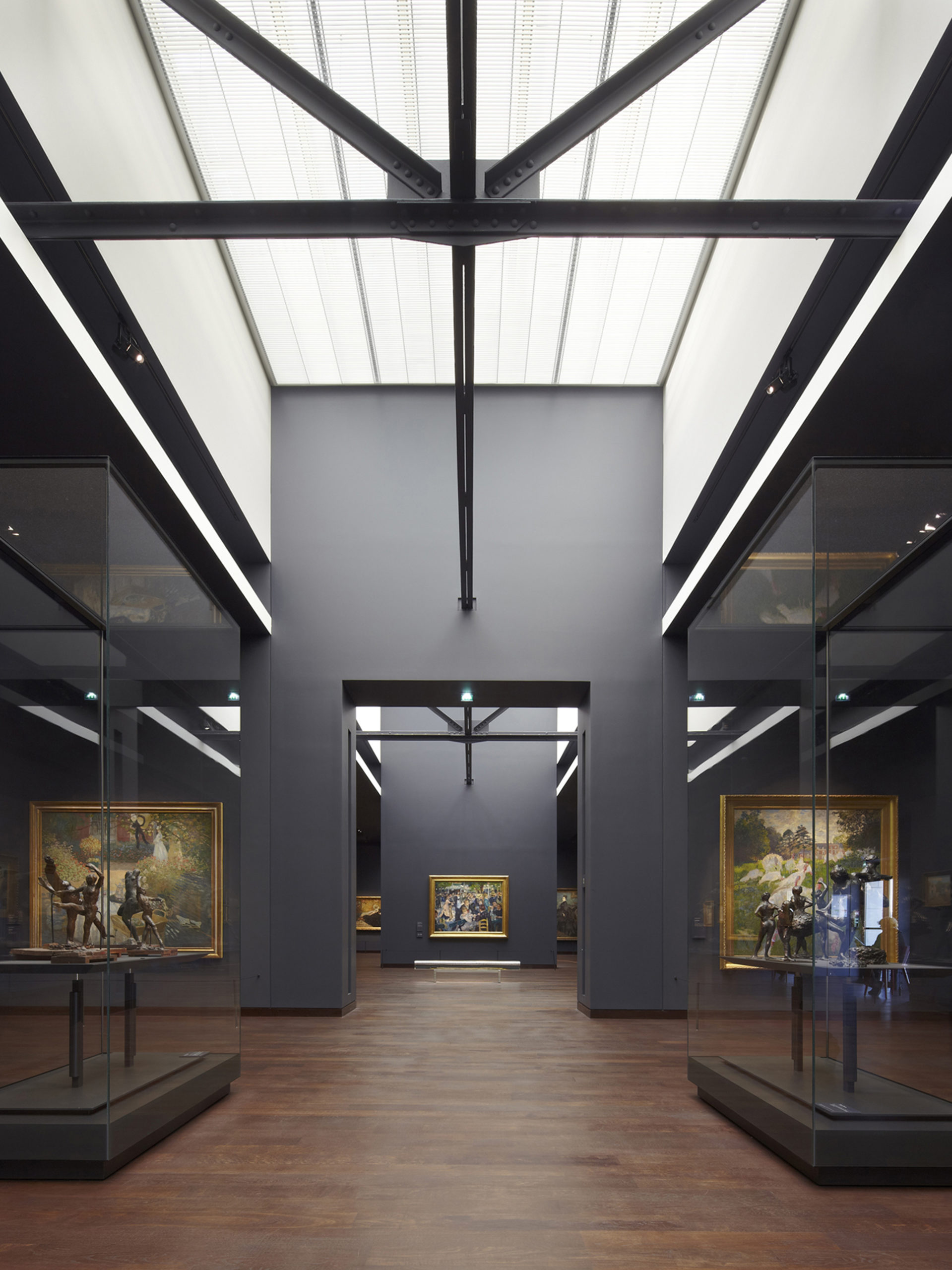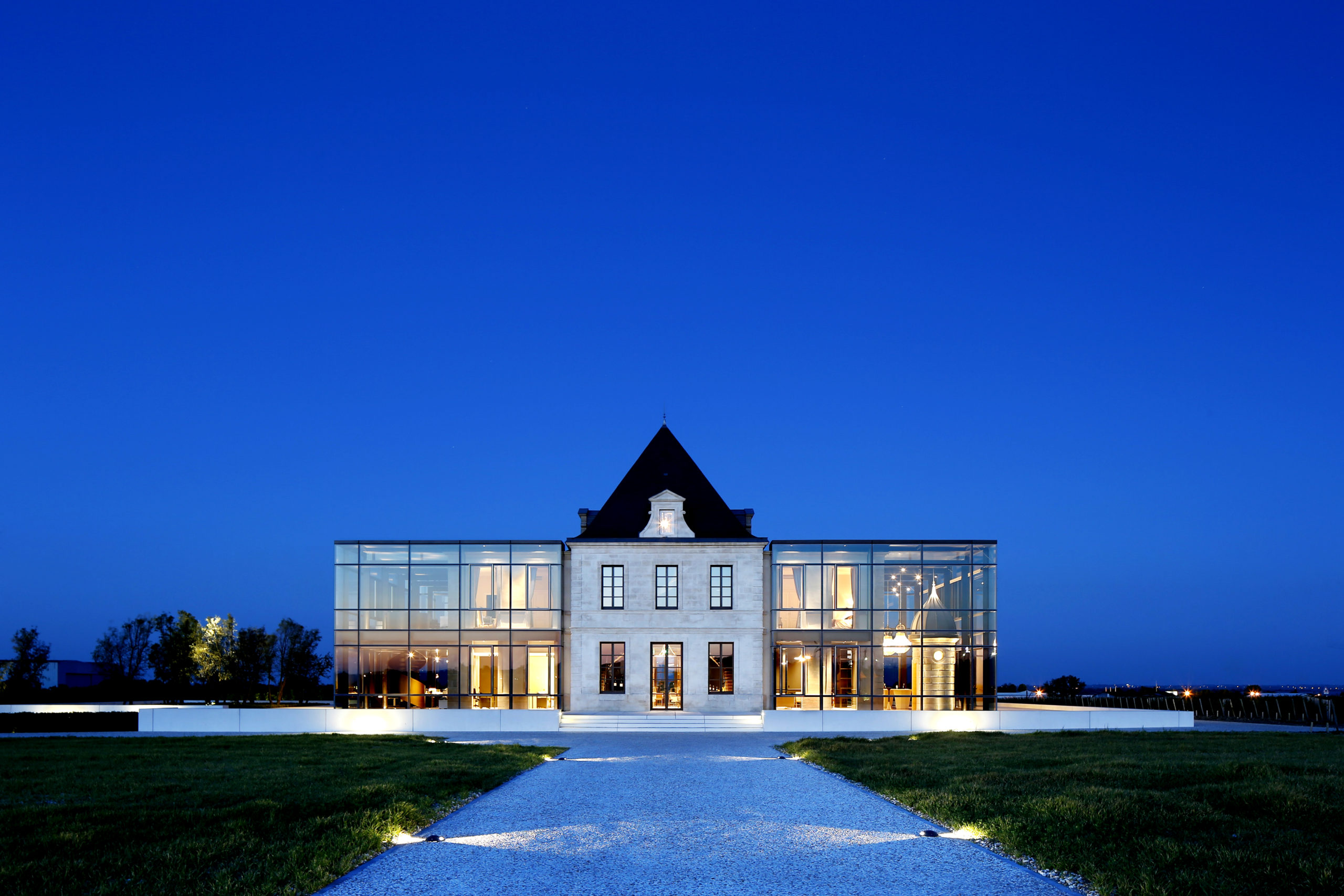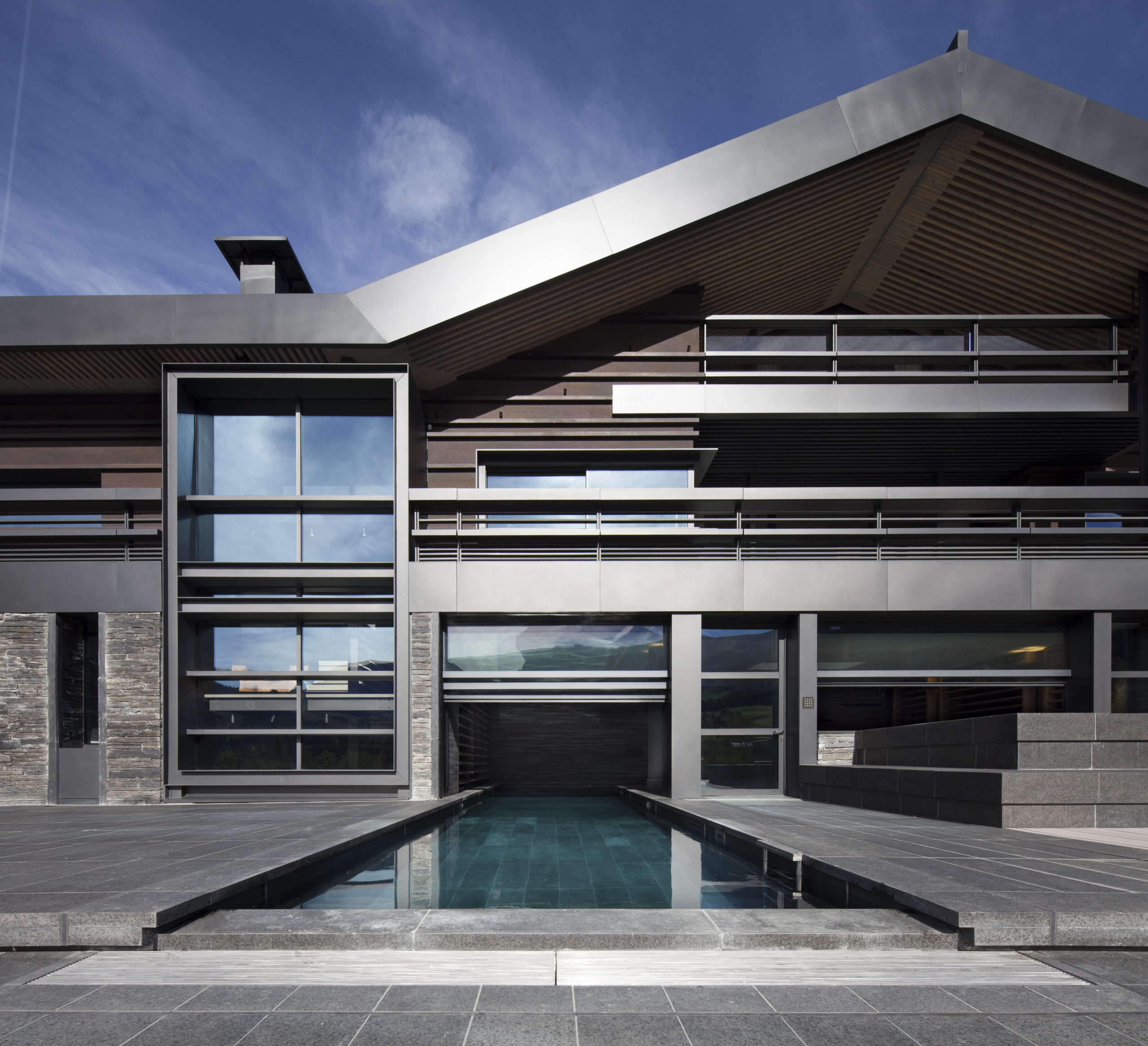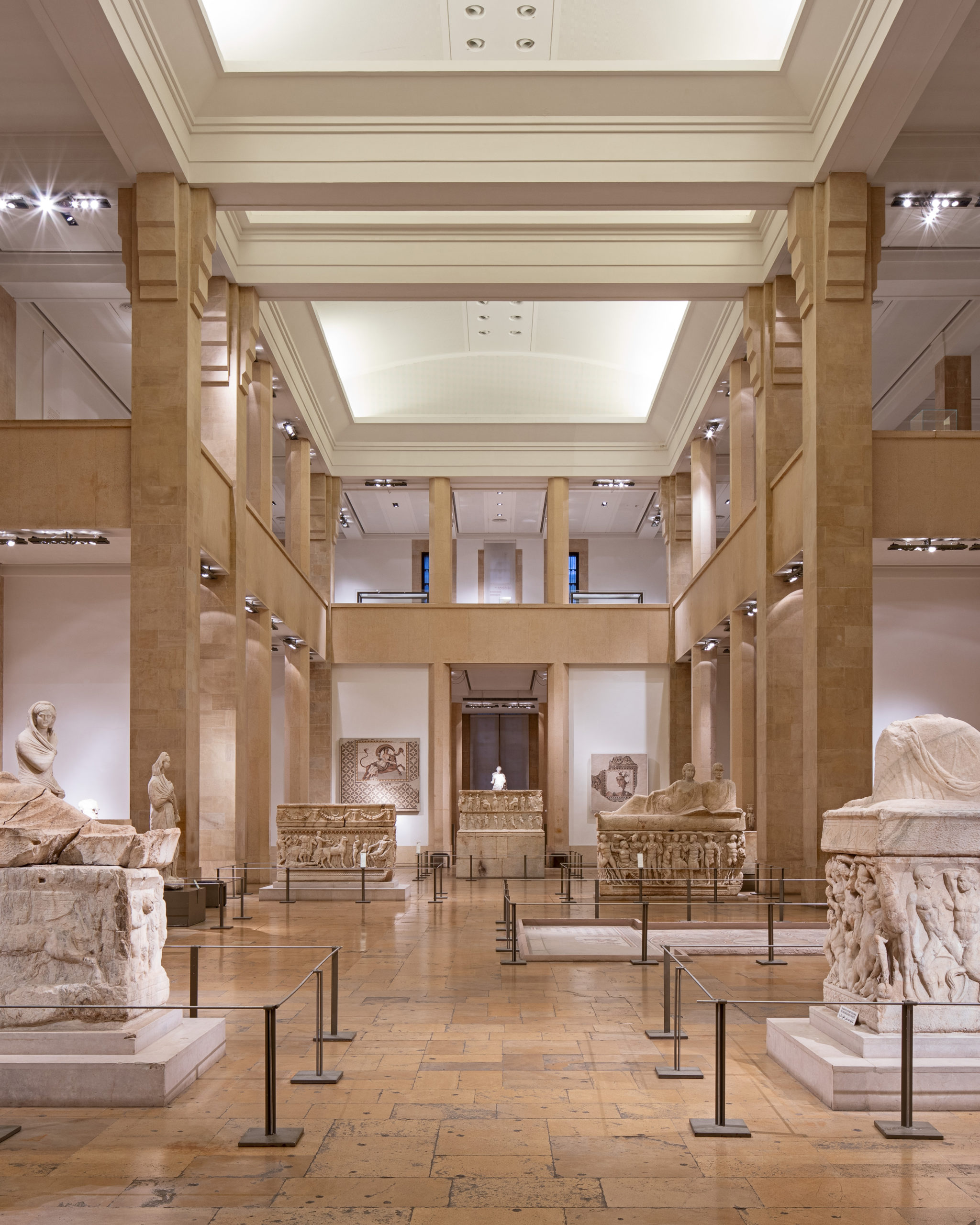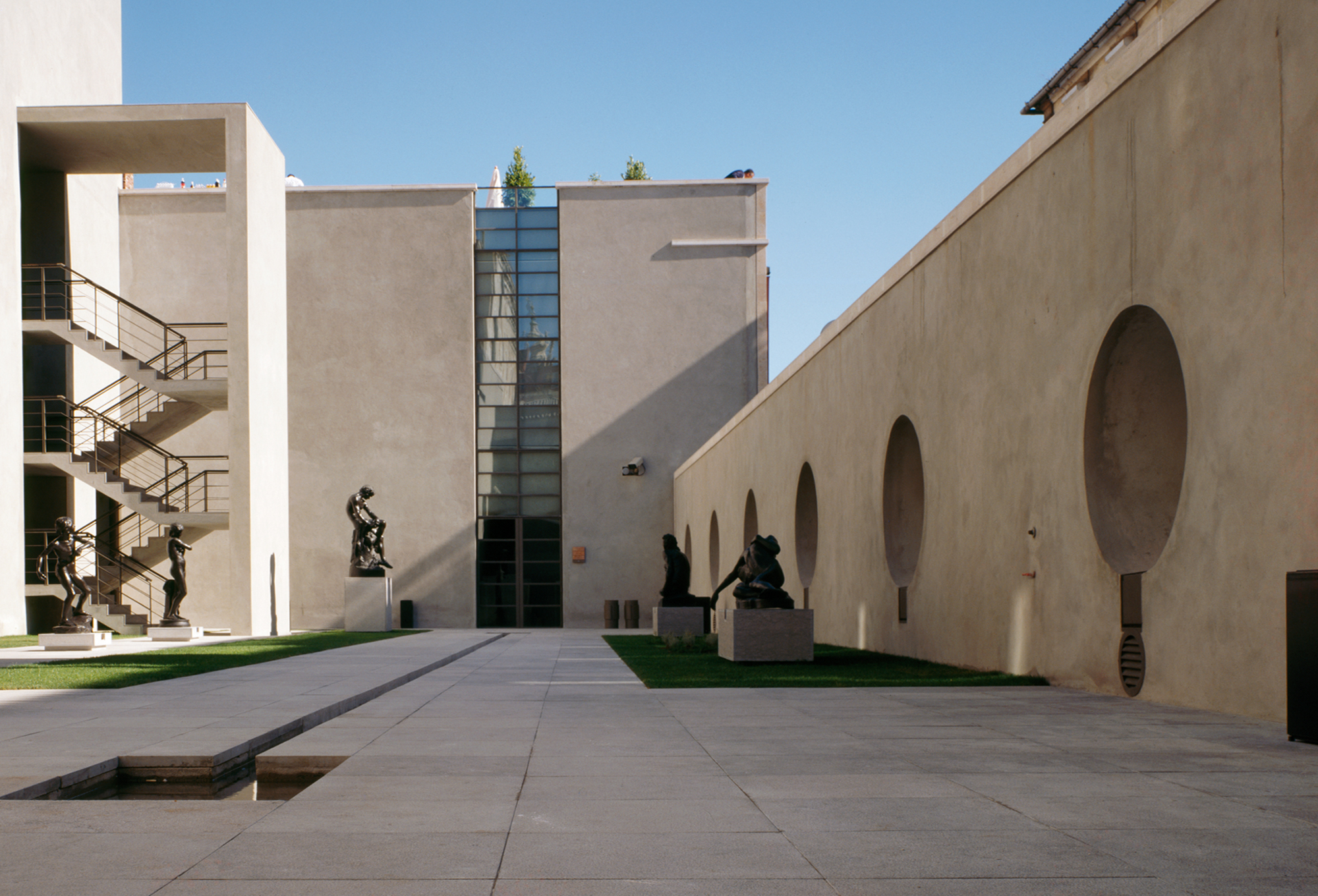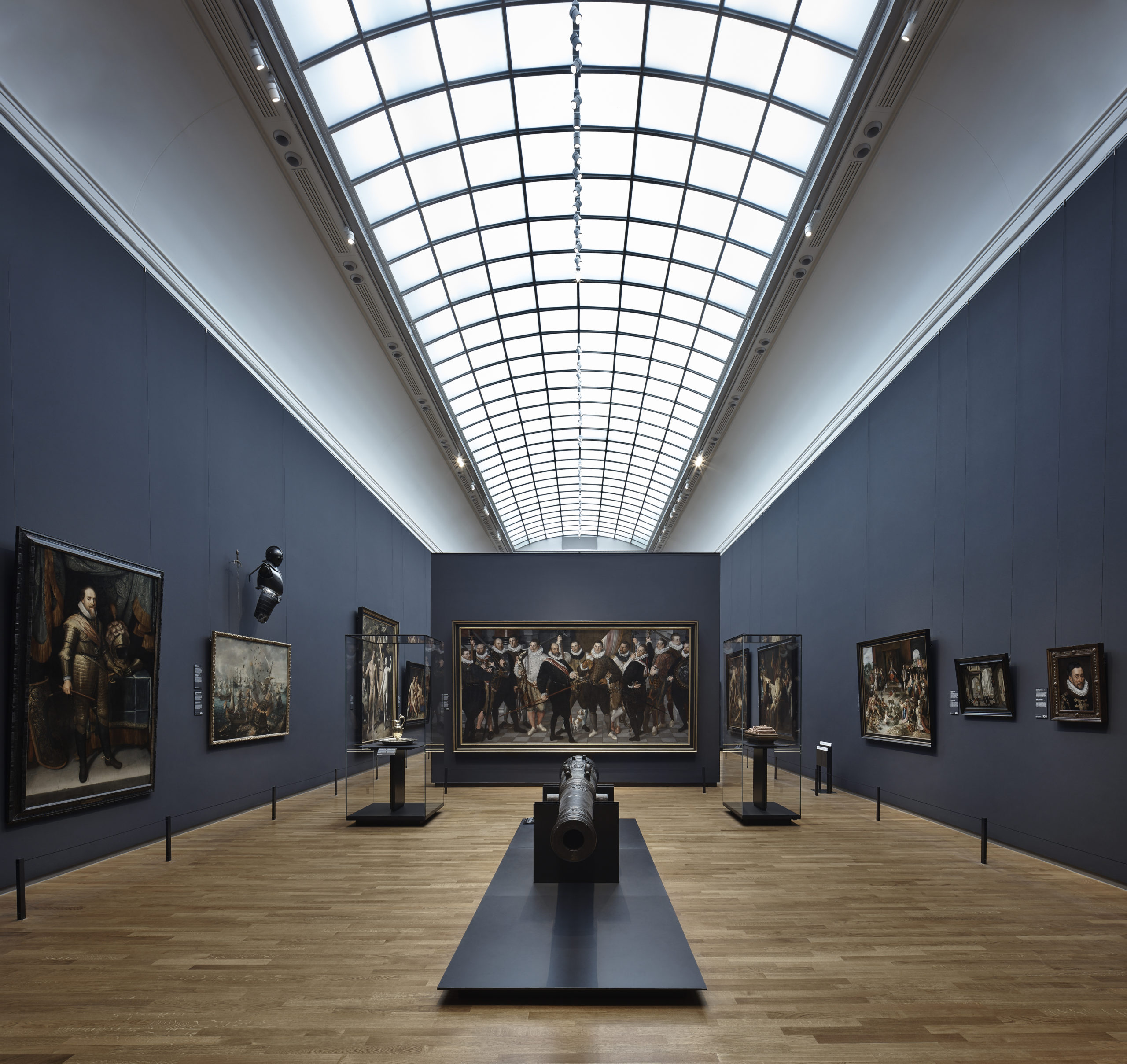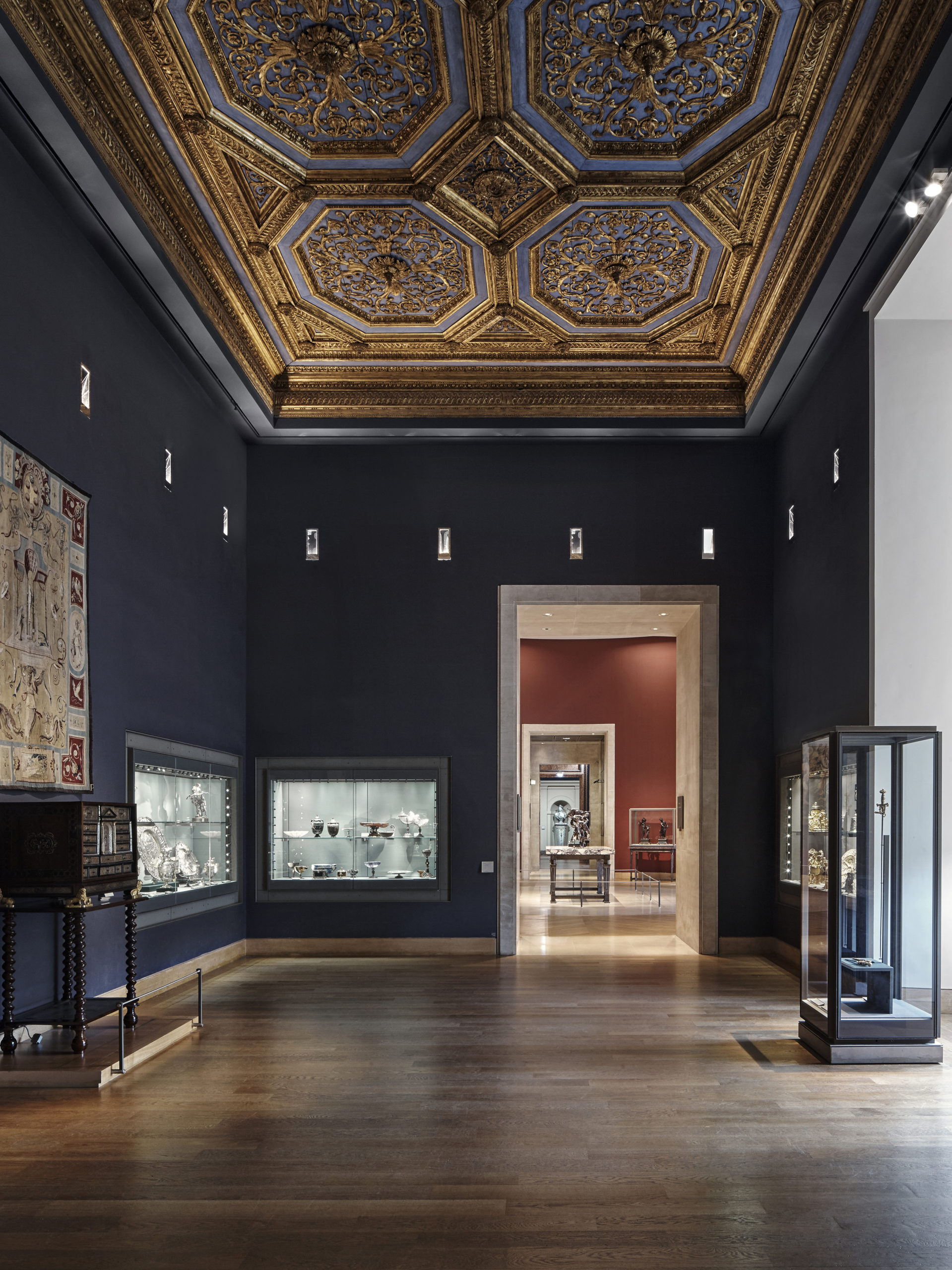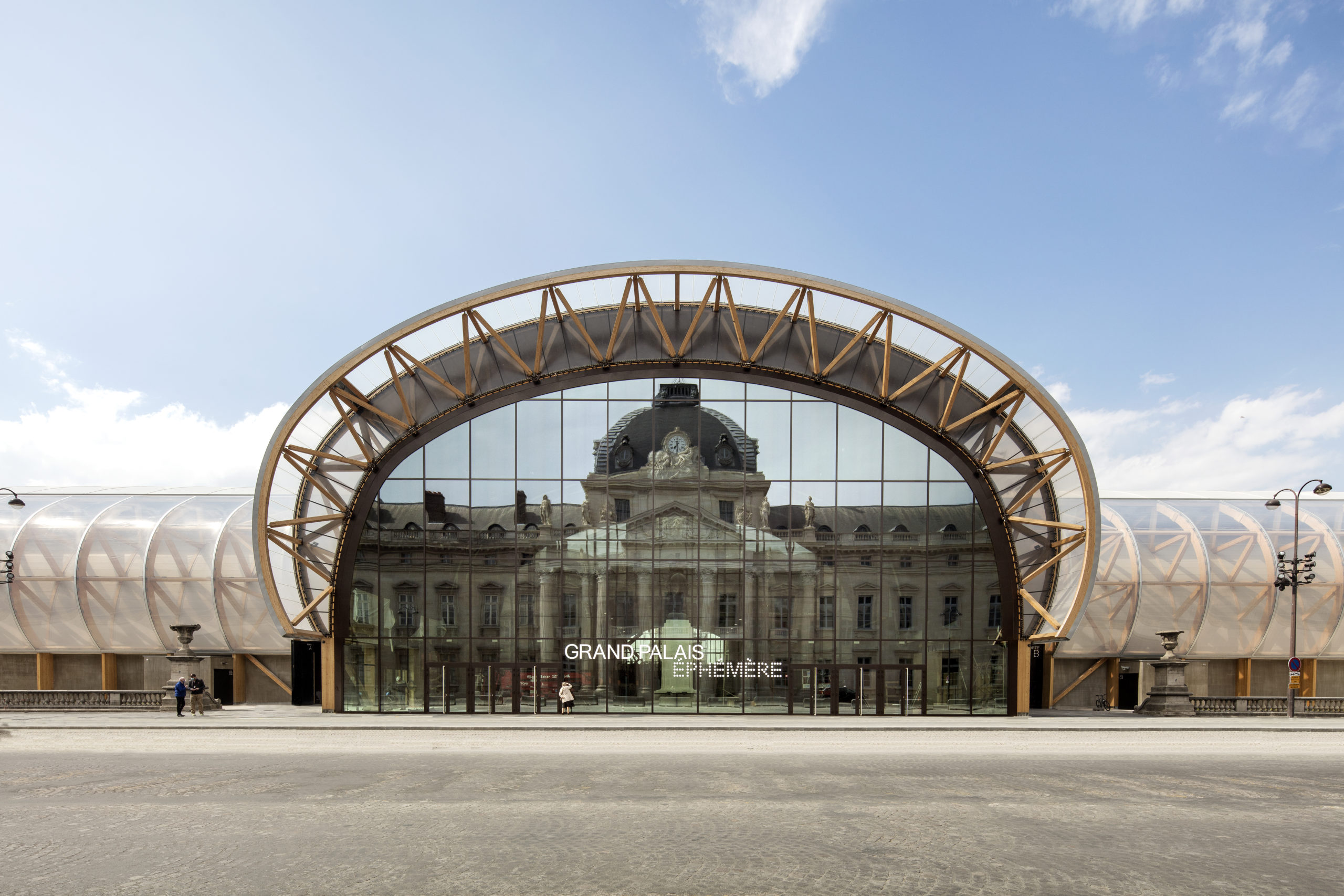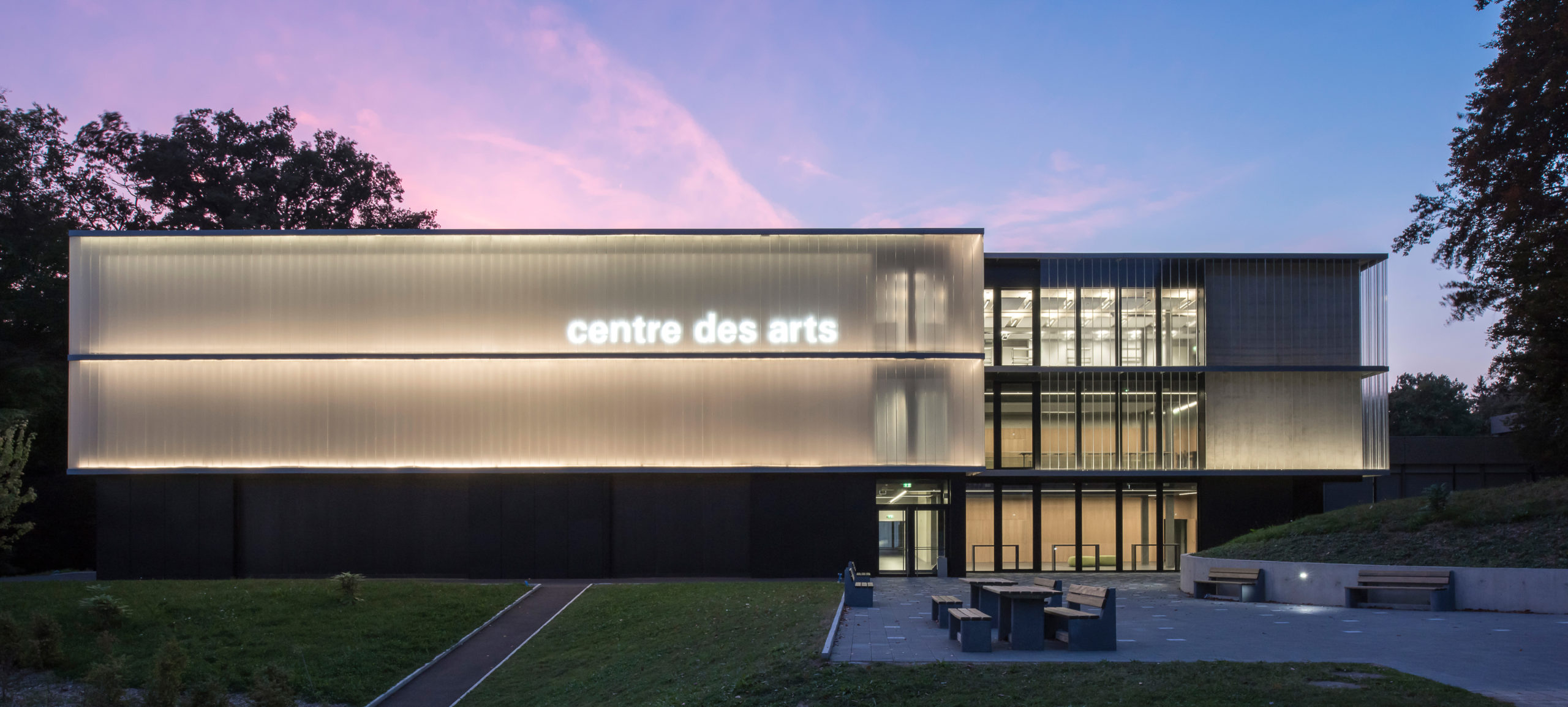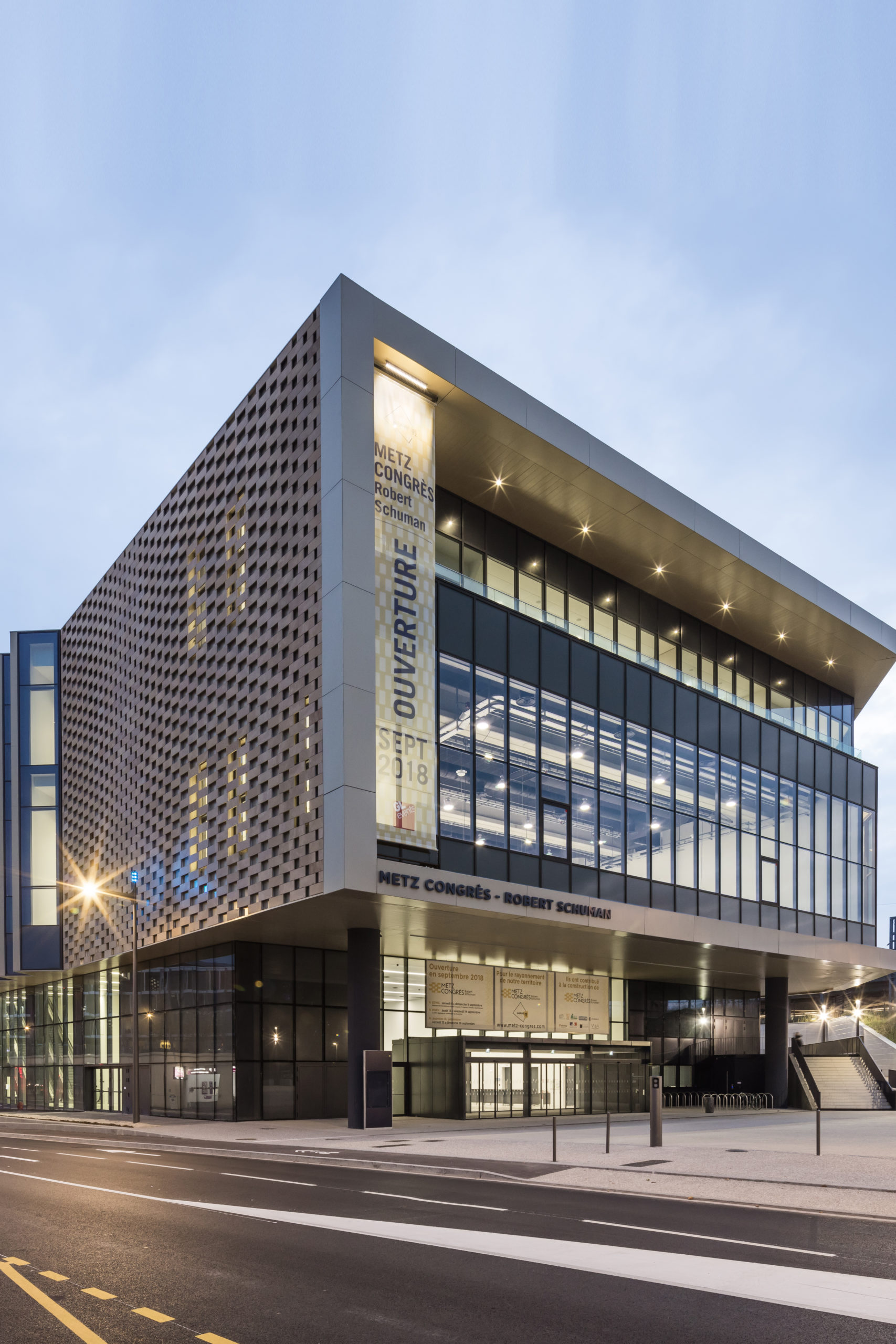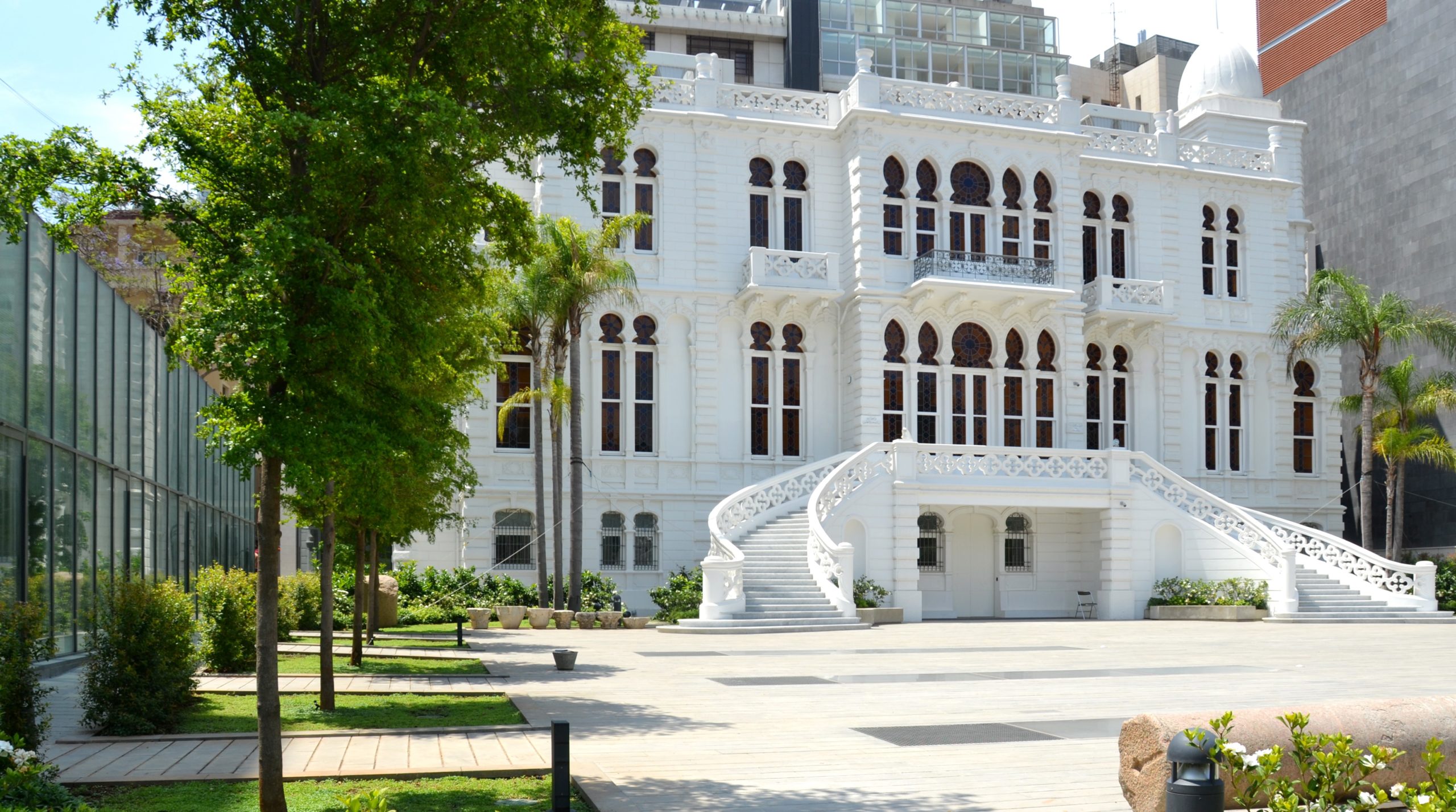
Sursock Museum
Beyrouth, Liban
NICOLAS IBRAHIM SURSOCK MUSEUM
Architect and museograph: WILMOTTE & ASSOCIÉS
Local associate architect: JACQUES ABOUKHALED
Building company: BETABAT
8,500 sqm
2015
Renovation, extension and fitting out of the Sursock Museum in Beirut from 1,500 sqm to 8,500 sqm.
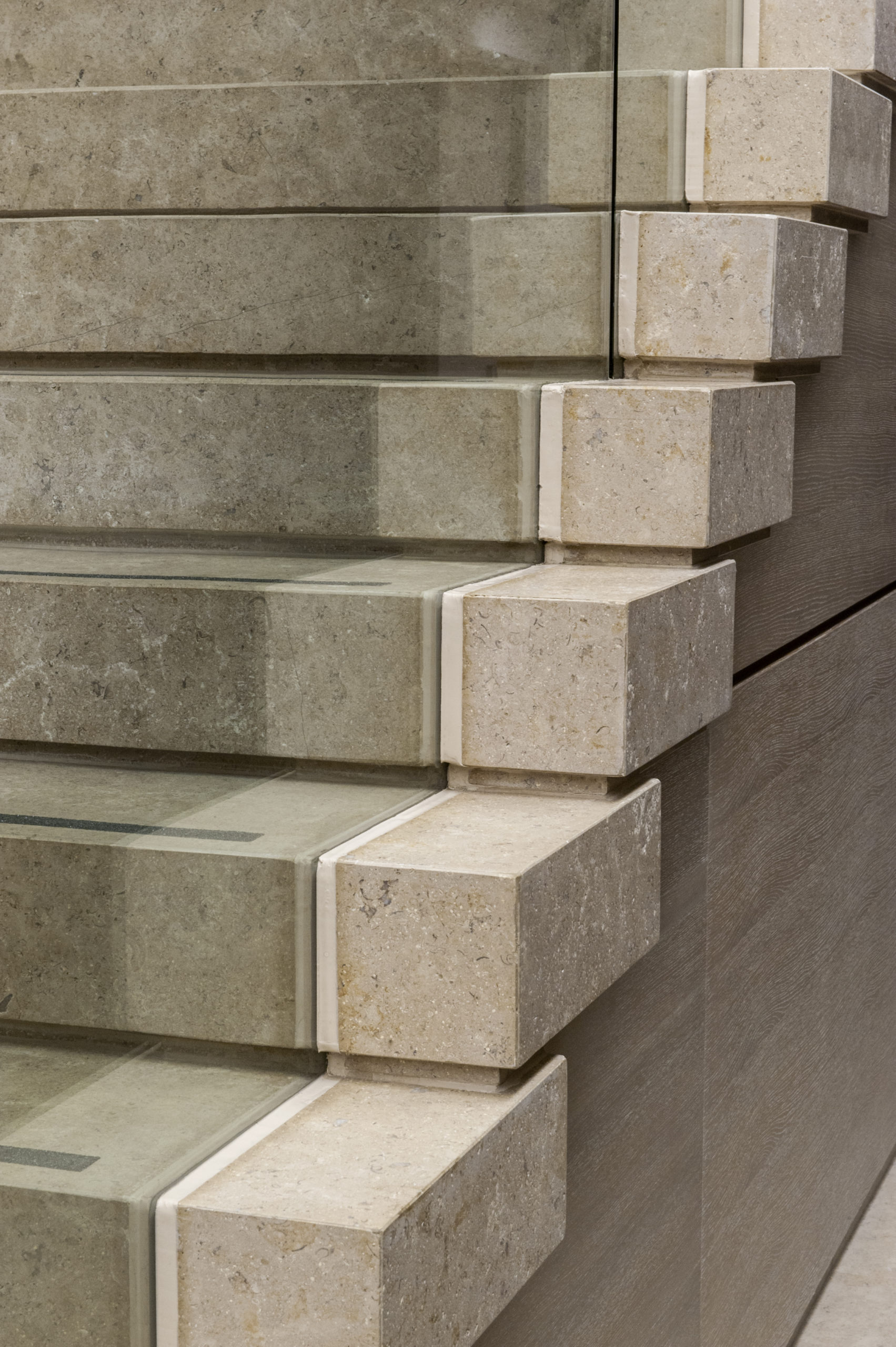
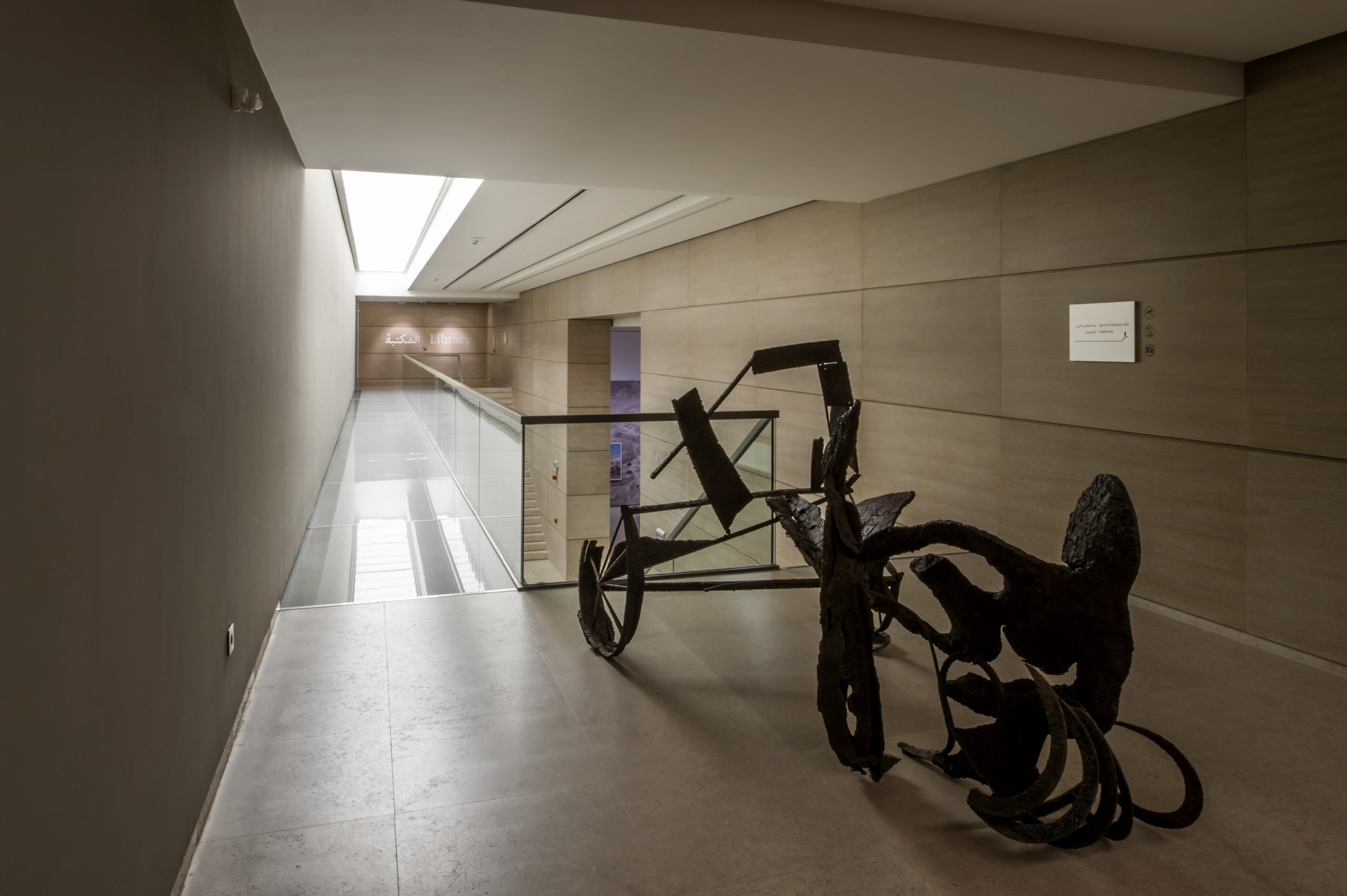
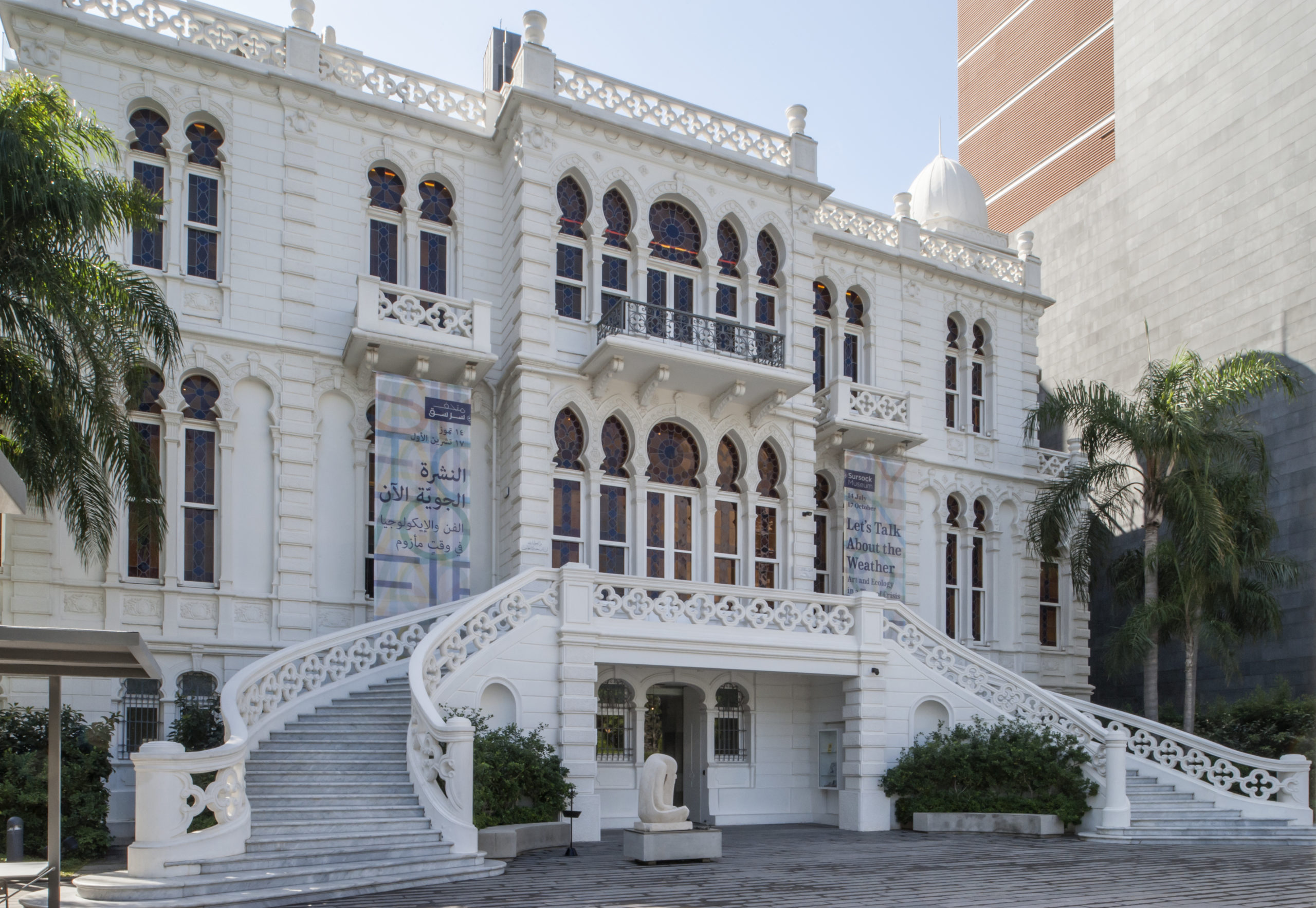
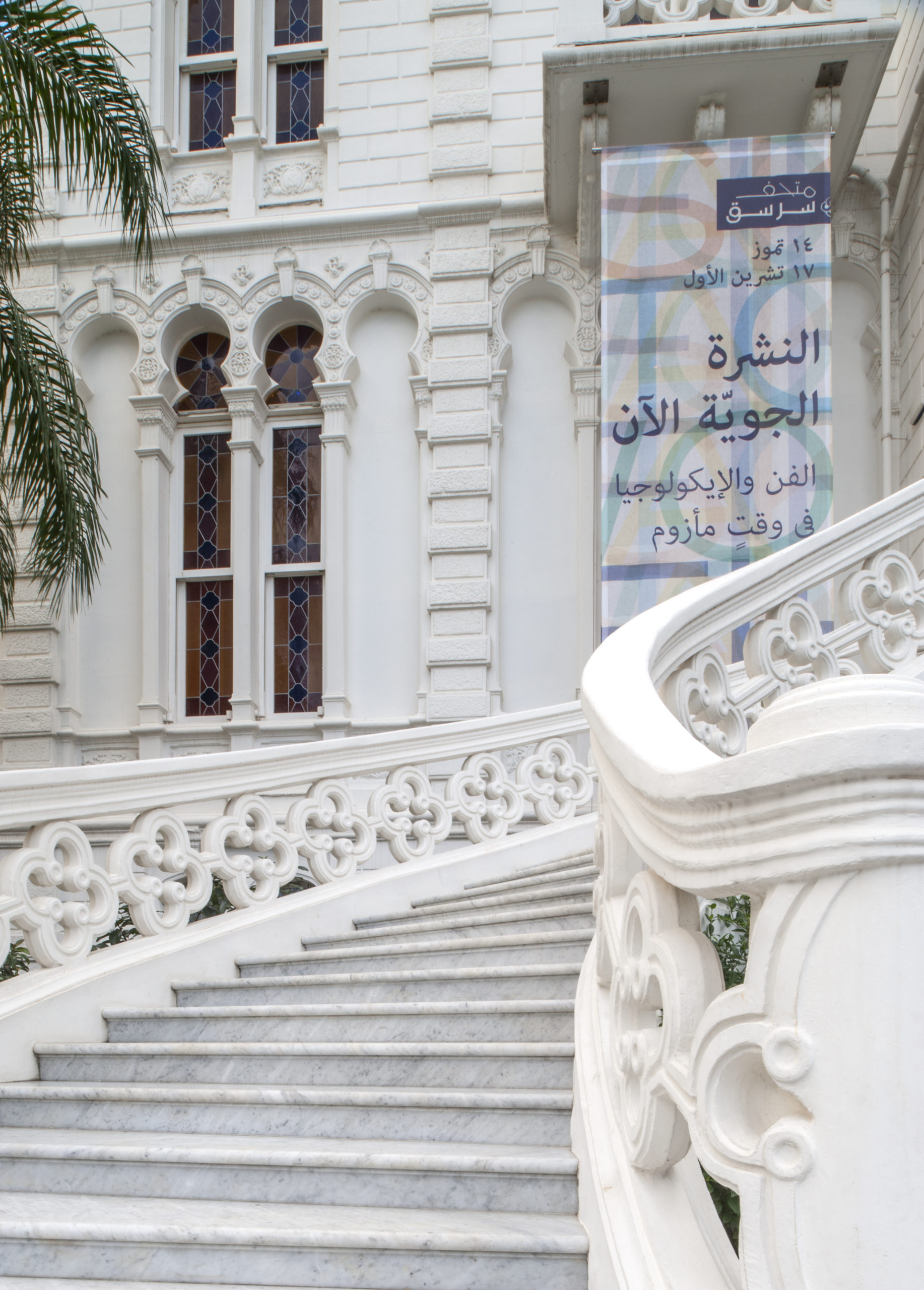
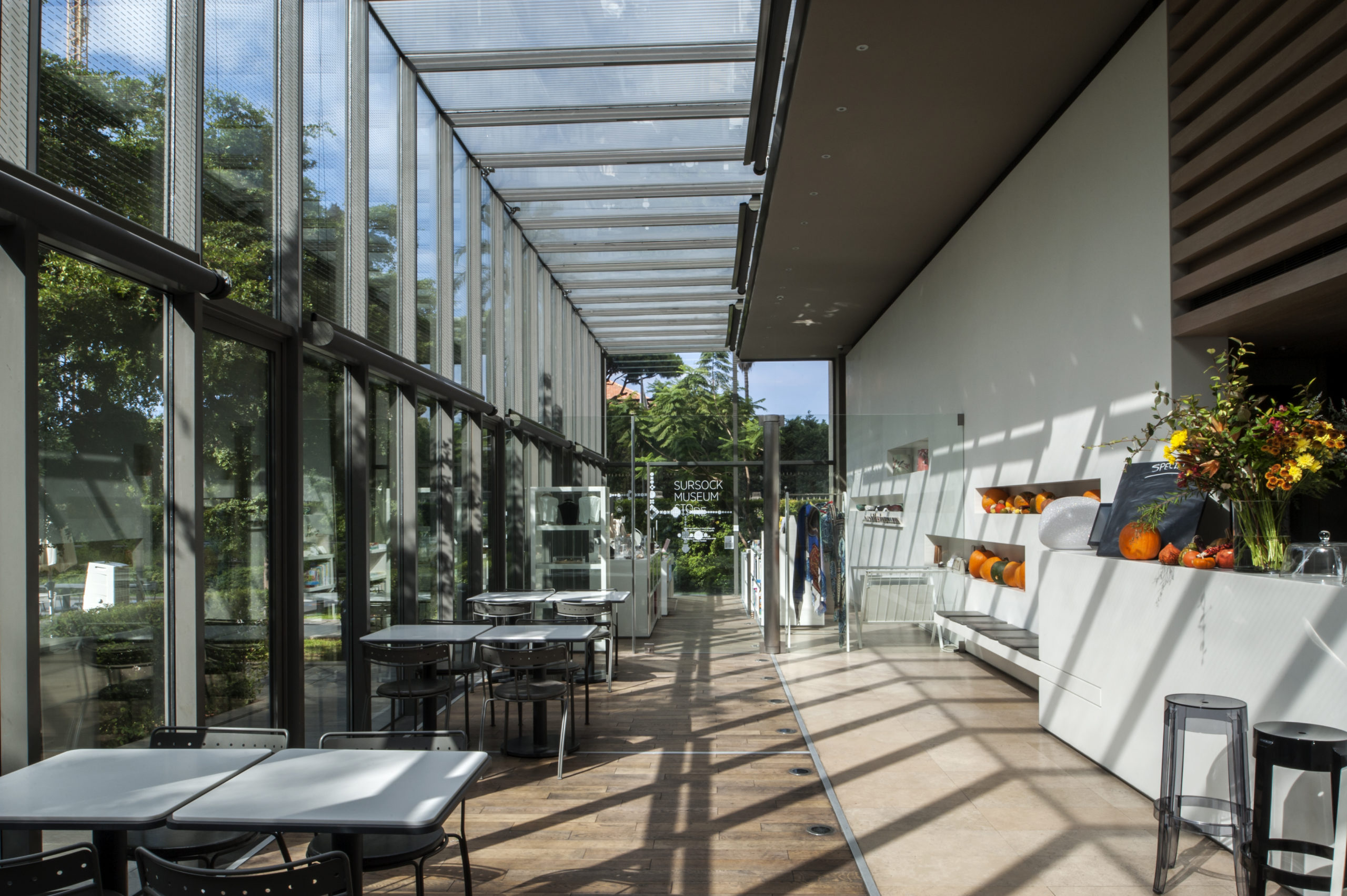
Until a few years ago, the elegant and bourgeois district of Ashrafieh in Beirut had many villas and private mansions from the 18th and 19th centuries. Built in 1912, the Sursock Museum and its neo-Moorish architecture are today one of the rare testimonies of this bygone age. It was bequeathed to the city of Beirut in 1951 by Nicolas Ibrahim Sursock to make it an art museum.
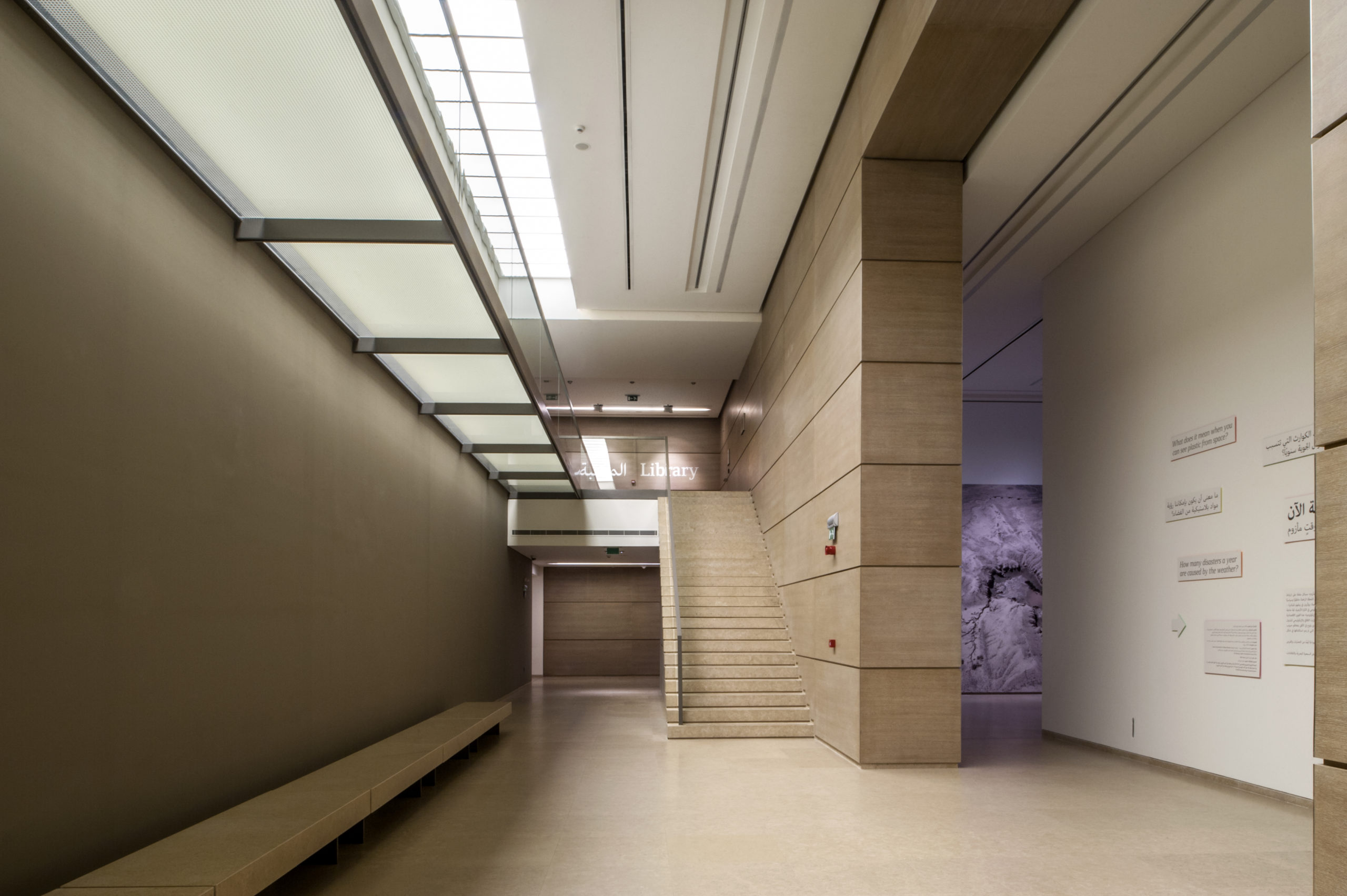
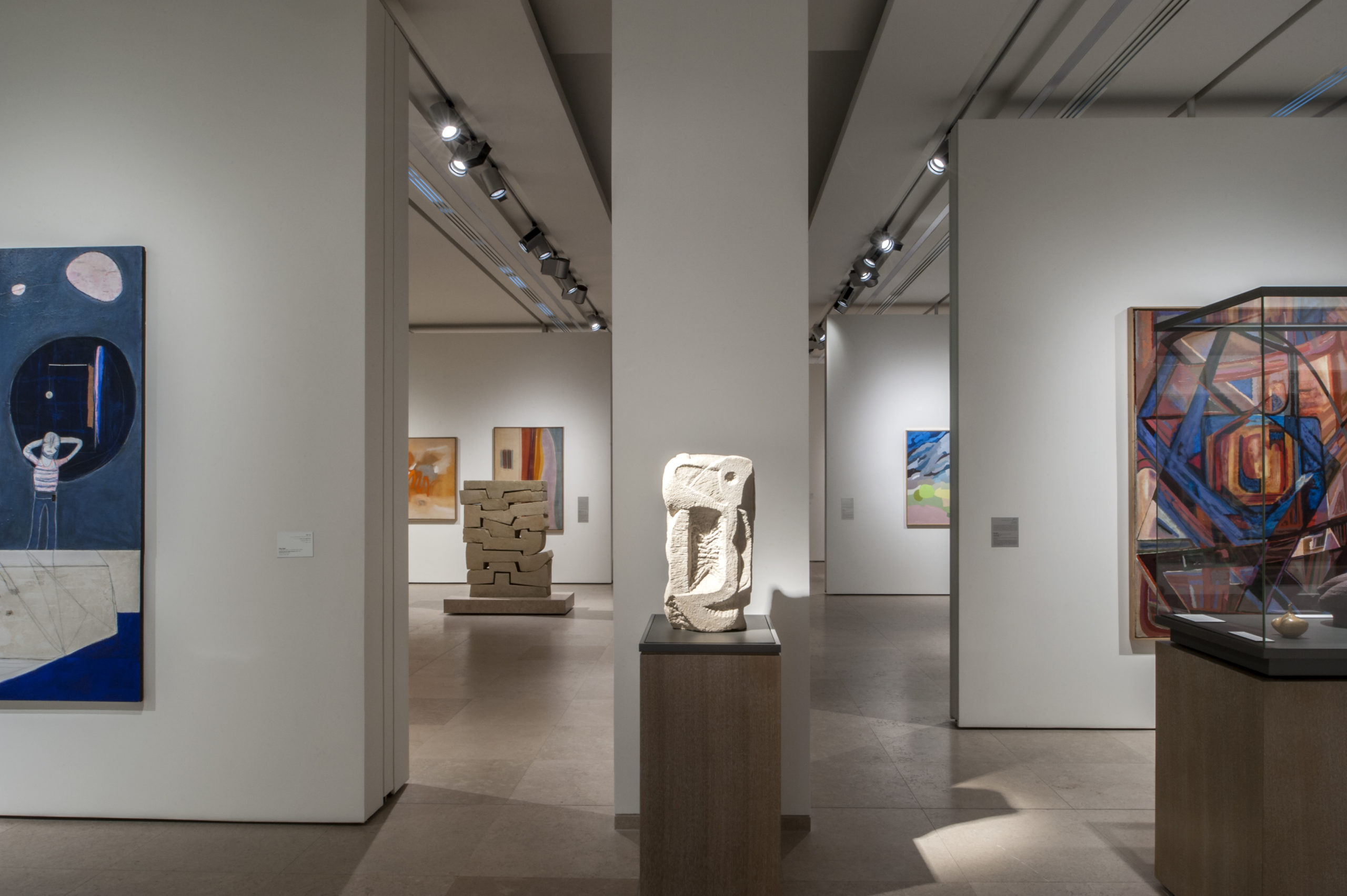
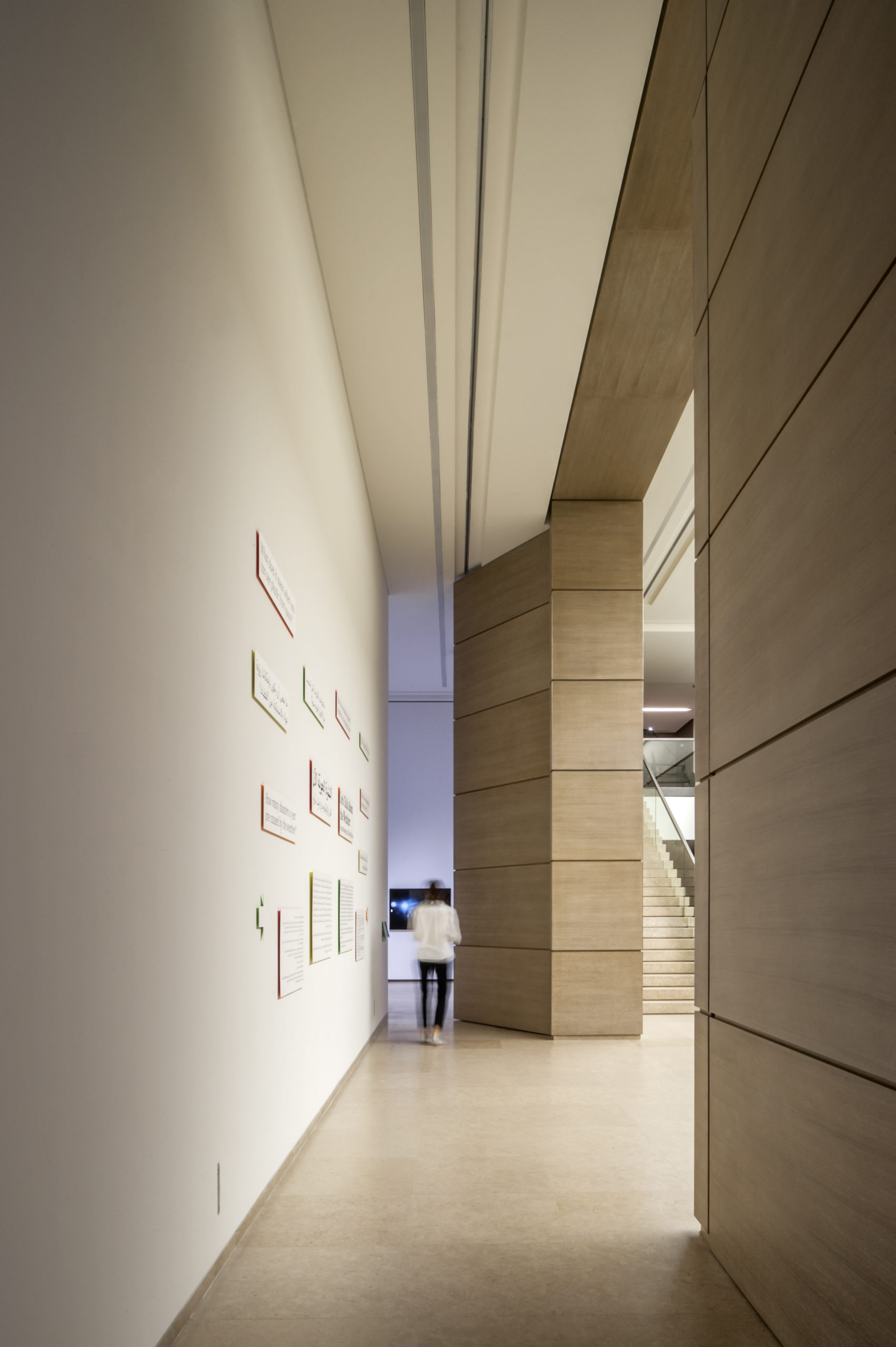
This project was developed along three main lines: the development of existing buildings, the construction of new underground spaces and the development of gardens. Spaces, materials and colours serve a buried architecture. The challenge was to make visitors believe that they are never underground. Paths were also designed to prevent anyone from imagining this deep descent; the route unfolds on half-levels where, at each point, some artistic compositions appear. The use of sand-coloured stone from Egypt has defined a palette of materials in shades ranging from white to beige.
The plan of the garden has been reoriented to the entrance of the building. A line of trees interrupted by paths restores the symmetry and partly shelters a contemporary building in concrete, metal and glass which houses the bookshop, the café and the car lift.


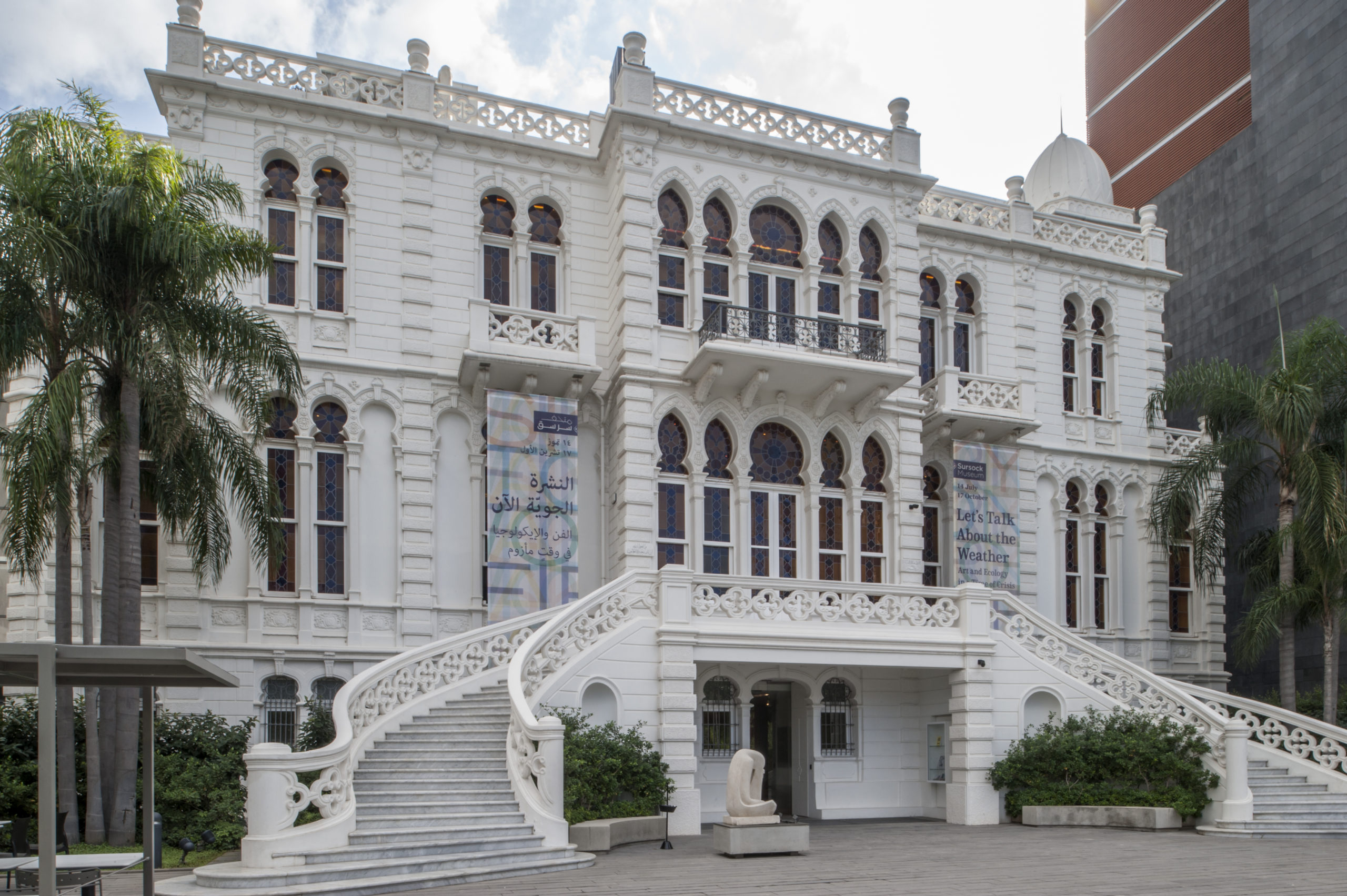
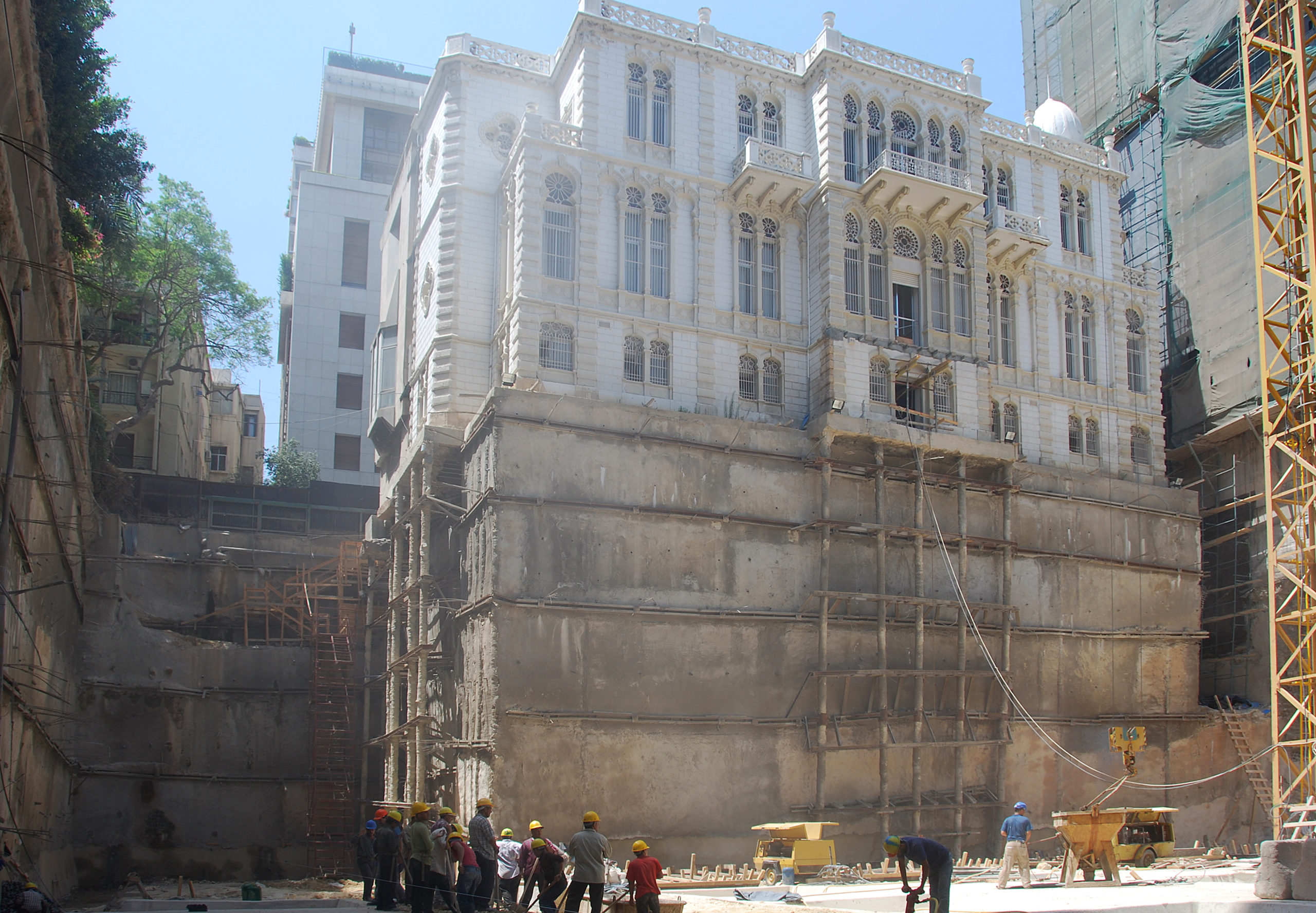
On 8 October 2015, the Sursock Museum inaugurated its new look with a pictorial retrospective "Views on Beirut: 160 Years of Images".





